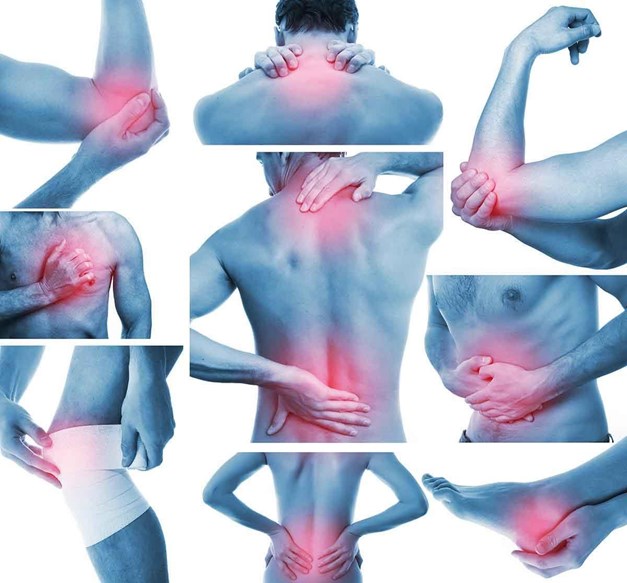
Fibrositis can be defined as the pain or inflammation of the muscle sheaths, muscles and connective-tissue layers of the joints, bones, tendons and muscles. The regularly affected areas in fibrositis are the muscular regions of the lower back, thighs, hips, arms, chest, neck, shoulder and thighs. Adults that fall between the age of 30 and 60 are commonly exposed to it. Also, Fibrositis affect women more than men.
Signs and Symptoms of Fibrositis
- People down with Fibrositis will experience weakness and stiffness
- Birth of nodules or localized areas that end up being tender to touch
- Patient down with Fibrositis feels fatigued almost all the time
- Patients suffering from Fibrositis go through “charley horse,” which happens to be sudden and painful muscle spasms aggravated by any activity.
- Painful muscle areas in your body are one of the certain signs and symptoms of Fibrositis.
- Patients suffering from Fibrositis have tough time remaining asleep Reasons that cause Fibrositis and the risks associated with it One has not figured out the exact cause of Fibrositis. The possible reason is considered to be an autoimmune disorder or an imbalance in brain chemicals.
Till the recent past, fibrositis was considered as a psychological disorder; however, this is no longer the situation.
Some of the risks factors of Fibrositis include:
- Muscle injury
- Sleep disturbances
- Stress
- Exposure to cold or dampness
- Poor nutrition
- Viral infections
- Overworking or fatigue
- Having a medical history of disorders, which cause joint inflammation, like polyarteritis
One should try and avoid risk factors as much as they can. Patients should exercise regularly and get adequate sound sleep.
Prognosis of Fibrositis
Certain patients end up recovering instantaneously from Fibrositis, whereas, some patients suffer from indefinite flare-ups and remissions. Fibrositis is an uneasy disease, but it is rarely life-threatening. Treatment helps in relieving the symptoms of fibrositis. Certain complications that the patient end up experiencing as a result of fibrositis are muscle disability, abusing and misusing painkillers and atrophy.
How to treat Fibrositis?
- Applying heat helps with relieving the pain caused by Fibrositis. Patients down with Fiberositis can feel better by taking hot showers and letting the water to touch on painful regions. Electric heating pads, heat lamps, hot compresses, whirlpool and plain tub baths can also be used to cure Fibrositis.
- Fibrositis patients should try and get more rest
- Soft massage on the target areas can help in case of Fibrositis
- Patient should learn new techniques to relax themselves and meditate and get rid of all the unnecessary stress from his/her life
- Biofeedback for fibrositis helps in taking care of the contracted muscles
- Cortosine injections can be administered into “trigger points.”
- Antidepressants like alprazolam, zolpidem, carisoprodol, citalopram can be administered in low doses and for short period of time
- It is imperative for the patient to stay active even if they are experiencing pain
- General conditioning exercises and stretching exercises are extremely beneficial when it comes to relieving pain caused by Fibrositis.
- Patient should refrain from drinking alcohol or caffeine, whatever interferes with their sleep.
